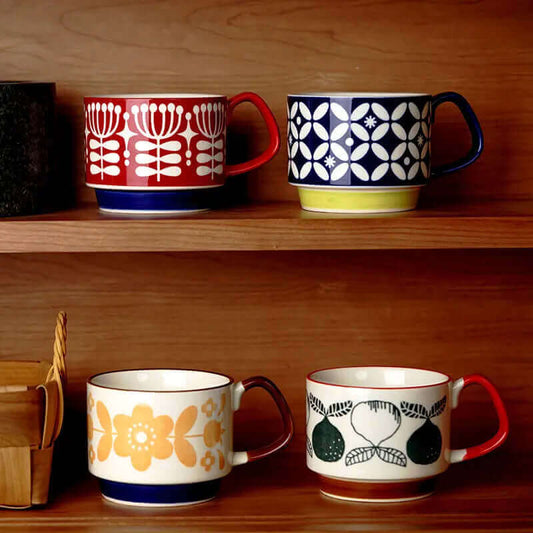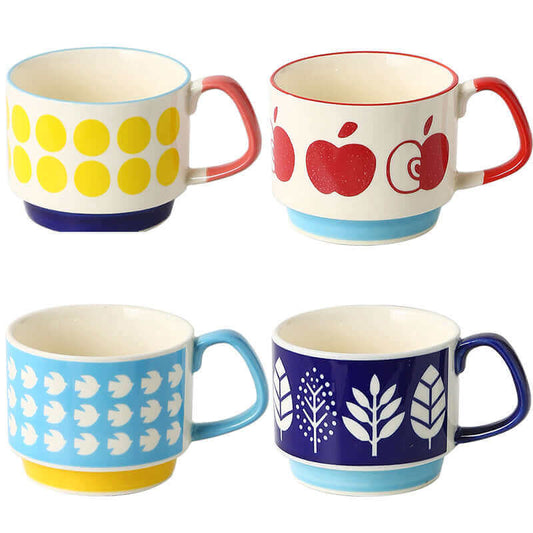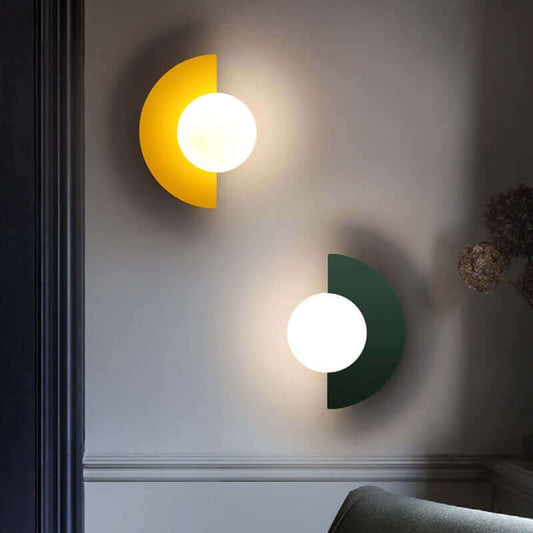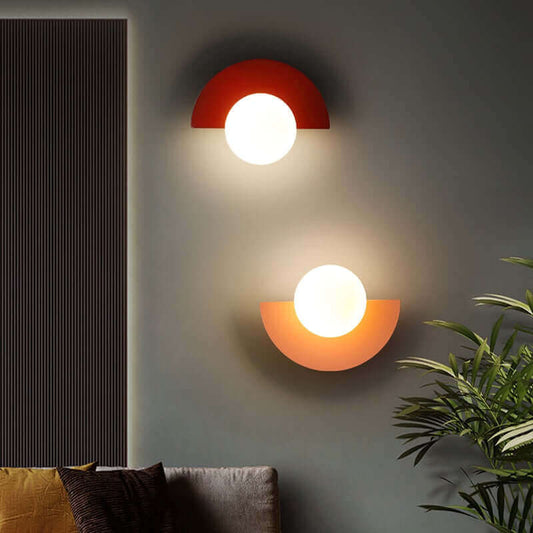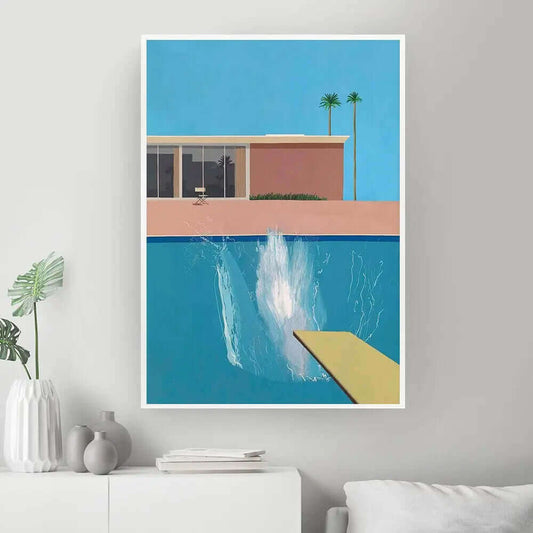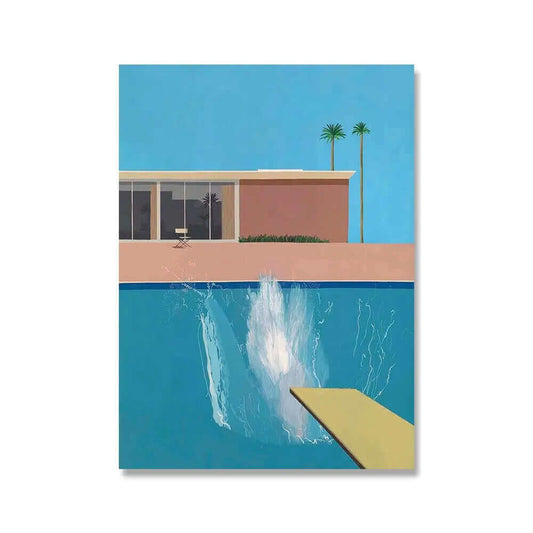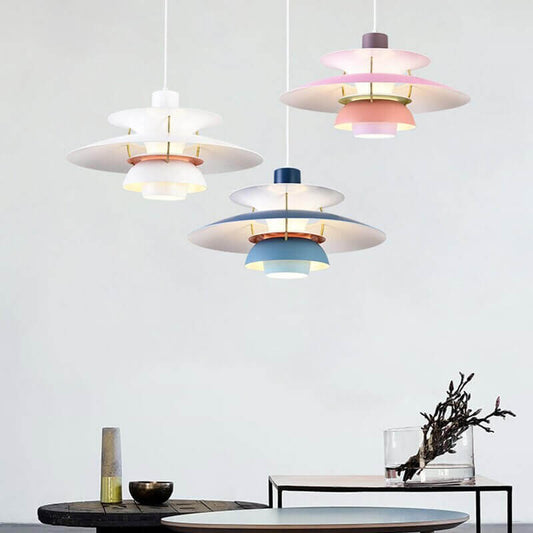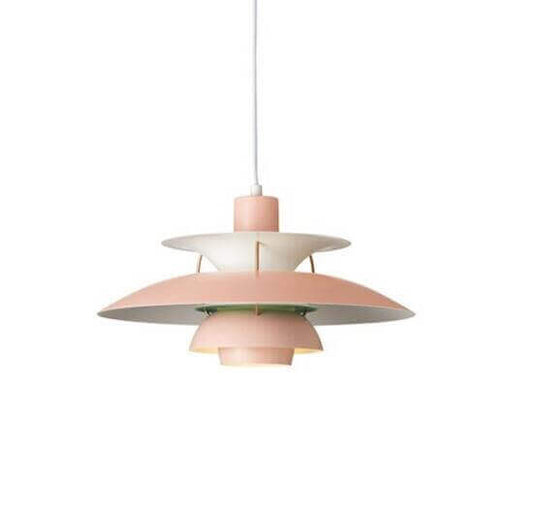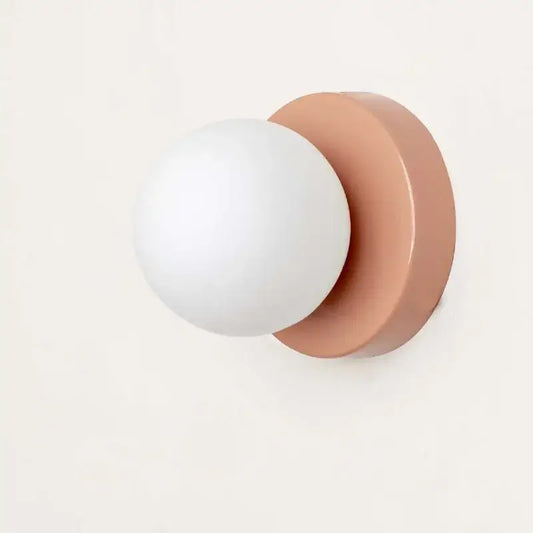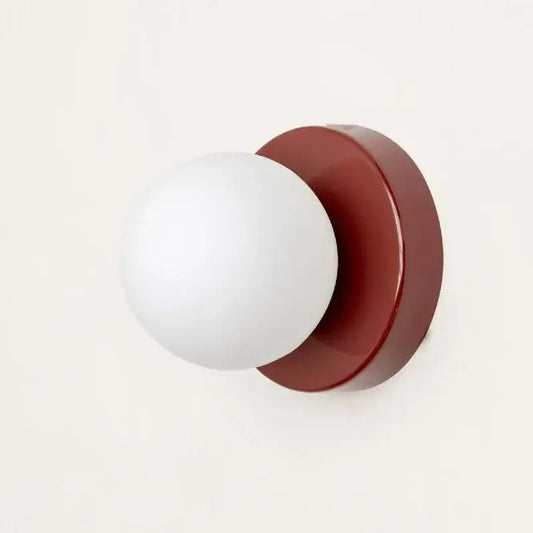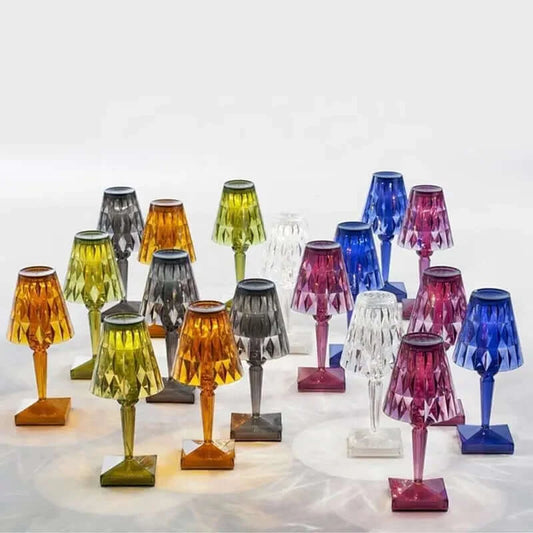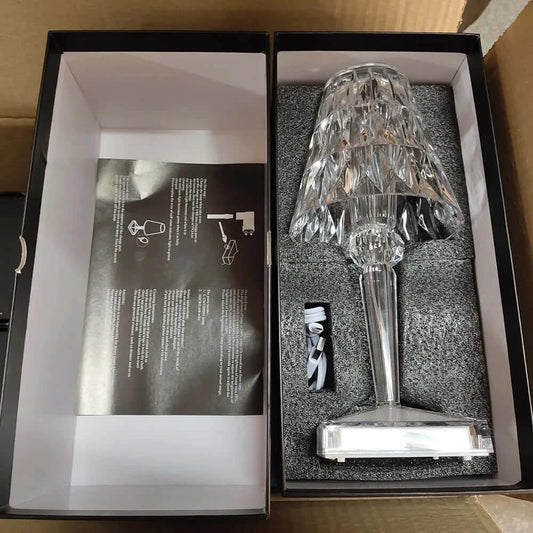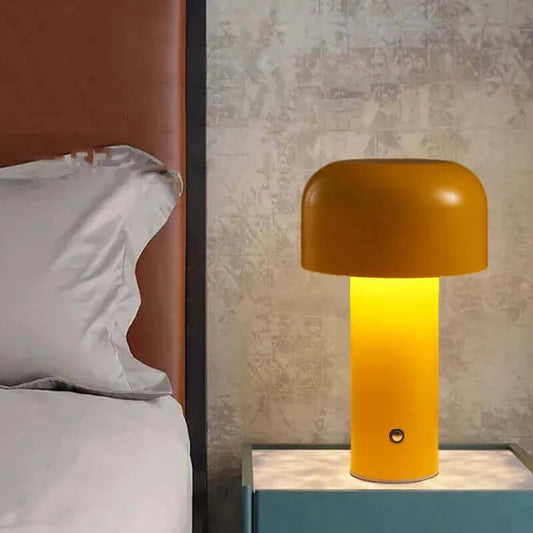As Scandinavian architects continue to work with materials such as brick, pine, birch, granite, concrete, glass and metals in contemporary construction, several trends have emerged in recent years.
Trend 1: The first trend is the creation of architecture that focuses on formal, expressive and exploratory spaces, with no real purpose. This approach is characterized by buildings that are designed primarily for their aesthetic qualities, rather than for any specific function or practical use. These structures often feature complex geometries, sculptural forms, and unusual materials or textures that create a sense of visual intrigue and curiosity. This approach to architecture is seen as a way to challenge traditional notions of form and function, and to explore new possibilities for the built environment.
Trend 2: The second trend is the refinement and development of Mies van der Rohe-inspired neo-modernism that emerged towards the end of the last century. This approach is characterized by an emphasis on simplicity, clarity, and the use of modern materials such as steel, glass, and concrete. Recent advances in metals and new glazing applications have made this direction more environmentally and climate-friendly. This trend is characterized by a focus on clean lines, open spaces, and a minimalist aesthetic that is seen as a way to create buildings that are both efficient and aesthetically pleasing.
Trend 3: The third trend is the continued creation of works that maintain the culturally referenced orientations long associated with modern Scandinavian architecture, particularly in the latter half of the 20th century. This approach is characterized by an emphasis on culture, site, materiality, and local traditions and conditions, which are recognized or reinterpreted in a place-based mode of expression. This approach is seen as a way to create buildings that are responsive to their environment, and that reflect the unique cultural and historical context of the places in which they are built.
This article would not be complete without our list of top 5 Scandinavian architects:
-
Alvar Aalto (1898-1976) - Alvar Aalto was a Finnish architect and designer who is considered one of the pioneers of modernist architecture in Scandinavia. Aalto's work is characterized by an emphasis on humanism, functionality, and a connection to nature. Some of his most famous buildings include the Paimio Sanatorium in Finland, the Finlandia Hall in Helsinki, and the Baker House at MIT in the United States. Aalto's work has had a significant impact on contemporary architecture, particularly in the use of organic forms and materials, and his influence can be seen in the work of many contemporary architects.
-
Jørn Utzon (1918-2008) - Jørn Utzon was a Danish architect who is best known for his design of the Sydney Opera House in Australia. Utzon's work is characterized by a focus on simplicity, functionality, and the use of natural materials. In addition to the Sydney Opera House, Utzon's other important buildings include the Bagsværd Church in Denmark and the Can Lis House in Mallorca. Utzon's work has had a significant impact on contemporary architecture, particularly in the use of organic forms and the integration of buildings into their natural surroundings.
-
Bjarke Ingels (1974-present) - Bjarke Ingels is a Danish architect who is known for his innovative and ambitious designs. Ingels' work is characterized by a focus on sustainability, social responsibility, and a sense of playfulness. Some of his most famous buildings include the 8 House in Copenhagen, the Google North Bayshore campus in California, and the Amager Bakke waste-to-energy plant in Copenhagen. Ingels' work has had a significant impact on contemporary architecture, particularly in the use of sustainable materials and the integration of public spaces into building design.
-
Sverre Fehn (1924-2009) - Sverre Fehn was a Norwegian architect who is known for his use of modernist principles in combination with traditional Nordic design. Fehn's work is characterized by a focus on light, materials, and nature. Some of his most famous buildings include the Nordic Pavilion at the Venice Biennale, the Hedmark Museum in Norway, and the Busk House in Norway. Fehn's work has had a significant impact on contemporary architecture, particularly in the use of natural materials and the integration of buildings into their natural surroundings.
-
Sigurd Lewerentz (1885-1975) - Sigurd Lewerentz was a Swedish architect who is known for his modernist designs that often incorporated traditional Swedish architectural elements. Lewerentz's work is characterized by a focus on light, texture, and detail. Some of his most famous buildings include the Malmo Eastern Cemetery in Sweden, the Saint Peter's Church in Klippan, Sweden, and the Resurrection Chapel in Skogskyrkogården, Stockholm. Lewerentz's work has had a significant impact on contemporary architecture, particularly in the use of natural materials and the integration of traditional elements into modernist designs.
These five architects are just a few examples of the many talented and influential designers who have come from Scandinavia. Their work has had a significant impact on contemporary architecture, and their legacy continues to inspire architects and designers around the world today.
Overall, these three trends reflect the ongoing evolution of Scandinavian architecture, as architects continue to explore new possibilities for the built environment while also honoring the traditions and values that have long been associated with the region's architectural heritage. Whether through the creation of exploratory spaces, the refinement of neo-modernism, or the continued use of culturally referenced orientations, Scandinavian architects are creating buildings that are both functional and aesthetically pleasing, and that reflect the unique character of the places in which they are built. If you're interested in exploring the world of Scandinavian design and architecture, Nauradika is a great source for finding a wide range of objects and materials that reflect the region's unique aesthetic and cultural heritage.



